The Extraordinary Cars Of The Maharajas
Images: Makarand Baokar, courtesy Automobiles Classiques
As we all know, the arrival of the first automobiles on Indian shores in the 1890s triggered a craze among the rajas, maharajas, nawabs, and even a Nizam, leading to a passionate love affair with the horseless carriage.
The coming of the automobile completely changed the lifestyle of Indian royalty, and with it started an enthralling new passion that was to endure for many decades. The choice of cars with the most unusual of coachworks made their way to India to satisfy the varied tastes and demands of the rajas and the maharajas. Some were ceremonial throne cars, several hunting cars with Stephen Grebel search lamps and gun racks were made, there were cars for wedding and state processions, even special automobiles for the ‘ladies of the house’ to travel in secluded ‘purdah’, as well as some other very strange ones.

The strangest of them all though was the famous Swan Car of Calcutta (The Brooke Swan Car: Is This The Craziest Car Ever? (derivaz-ives.com).—although it was not the fancy of an Indian eccentric but that of a wealthy British resident of Calcutta.
Unfortunately, for the visitors of this year’s Concorso d’Eleganza Villa d’Este, the Swan Car will not be on display. But fortunately for them, six of the most remarkable cars of the maharajas will be there for the class ‘Incredible India: The Dazzling Motoring Indulgences of the Mighty Maharajas.’
Of the six, four are, unsurprisingly, Rolls-Royces. The Indian maharajas’ love affair with the Rolls-Royce marque began with the Maharaja of Gwalior, Madhavrao Sindhia II, when he acquired the Rolls-Royce dubbed the ‘Pearl of the East’ (a 40/50HP Silver Ghost) after its record-breaking trans-India run, in 1908. And that was cemented when eight more Rolls-Royces were ordered for the grand Coronation Durbar of 1911, in Delhi, when King George V was proclaimed the King-Emperor of India.
Yet, over a 20-year production run, just 350-odd, at the most, of the Silver Ghosts found their way to India. And just a handful of them are extant in this country. One of them is this 40/50HP Silver Ghost from 1921 (chassis 118MG), ordered by Maharaja Purnachandra Bhanj Deo, from the state of Mayurbhanj, Odisha.

There will also be a more ‘modest’ Rolls-Royce Twenty… okay, not that modest at all… The Silver Dowry Rolls-Royce is a ‘purdah’ car, built to special order for the wife of the Maharaja of Bharatpur. Ordered in 1925 (but delivered in 1926), this Twenty features dark blue glass on all doors and between the passenger compartment and the chauffeur.
The coachwork, described by Windovers as ‘Allweather’, was designed so that it could also be converted to be used by the Maharaja’s visitors on hunting parties. On these occasions the roof could be fully lowered, whereupon seven hunters were able to stand up for their shots at the tigers. What fun!
The car was taken out of India by Rolls-Royce specialist John Fasal in the early 1970s and was in the long-term ownership of P. Vacher (1988–2011), who restored the car back to its polished aluminium bodywork. This car was to come to Villa d'Este but has dropped out.
The other Rolls-Royce lined up for Villa d’Este is one that many in Europe have seen before: the famous experimental Rolls-Royce Phantom I, with chassis # 17EX, from 1928. Usually referred to as Rolls-Royce 17EX, this car is almost as famous as the AX201, the car that gave the Silver Ghost moniker to the 40/50HP.
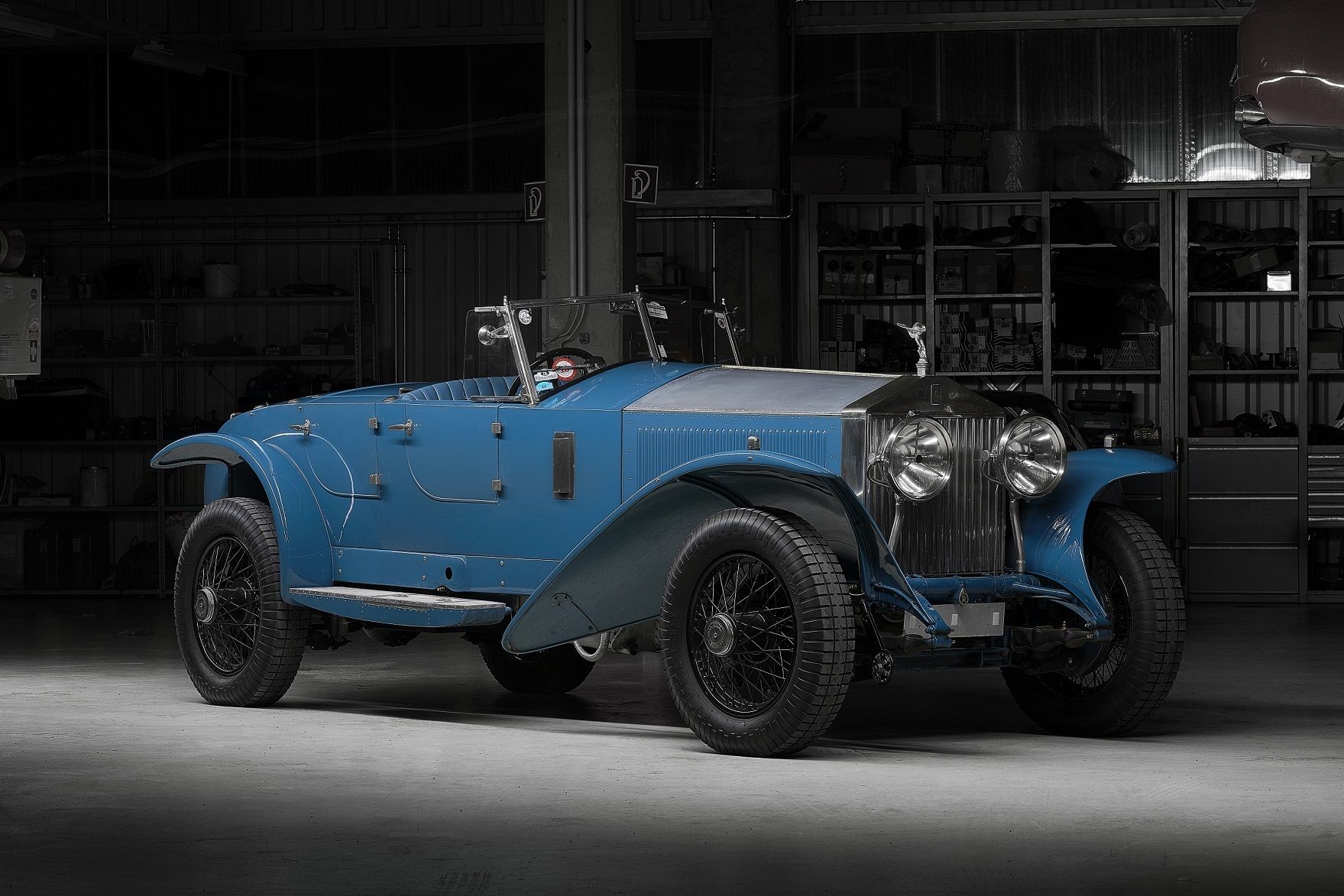
The third Rolls-Royce is a post-War car, from 1949. A Silver Wraith Drophead Coupe, with coachwork by James Young, this Rolls-Royce (chassis # WCB40) was ordered new by the Maharaja of Mysore, Jayachamaraja Wadiyar.
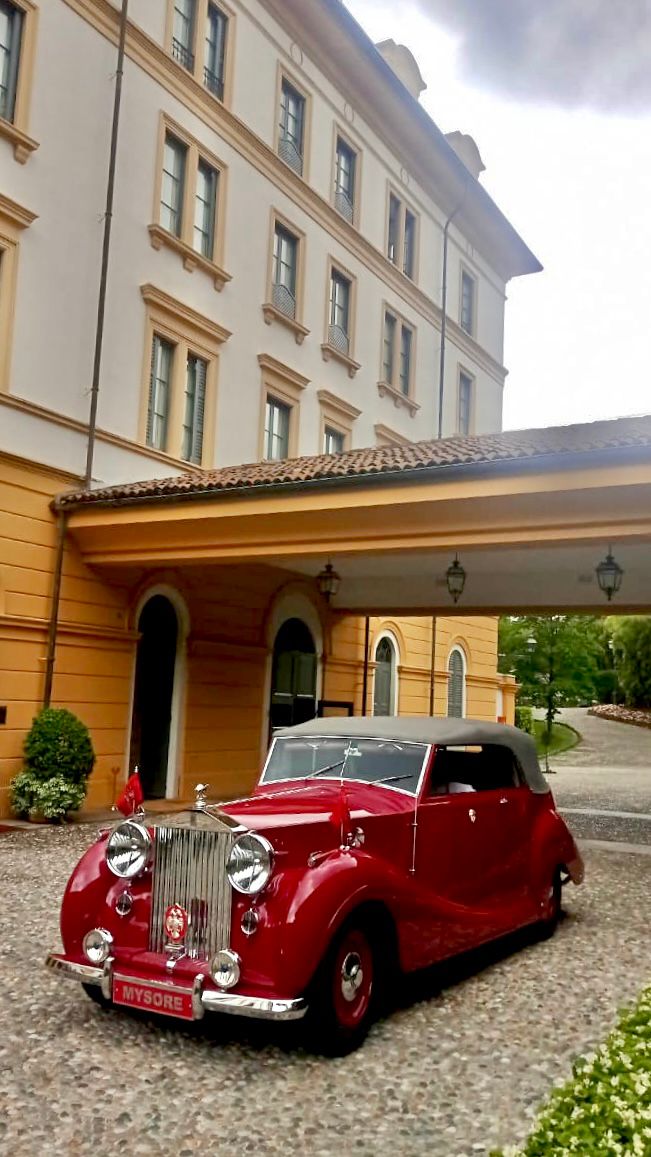
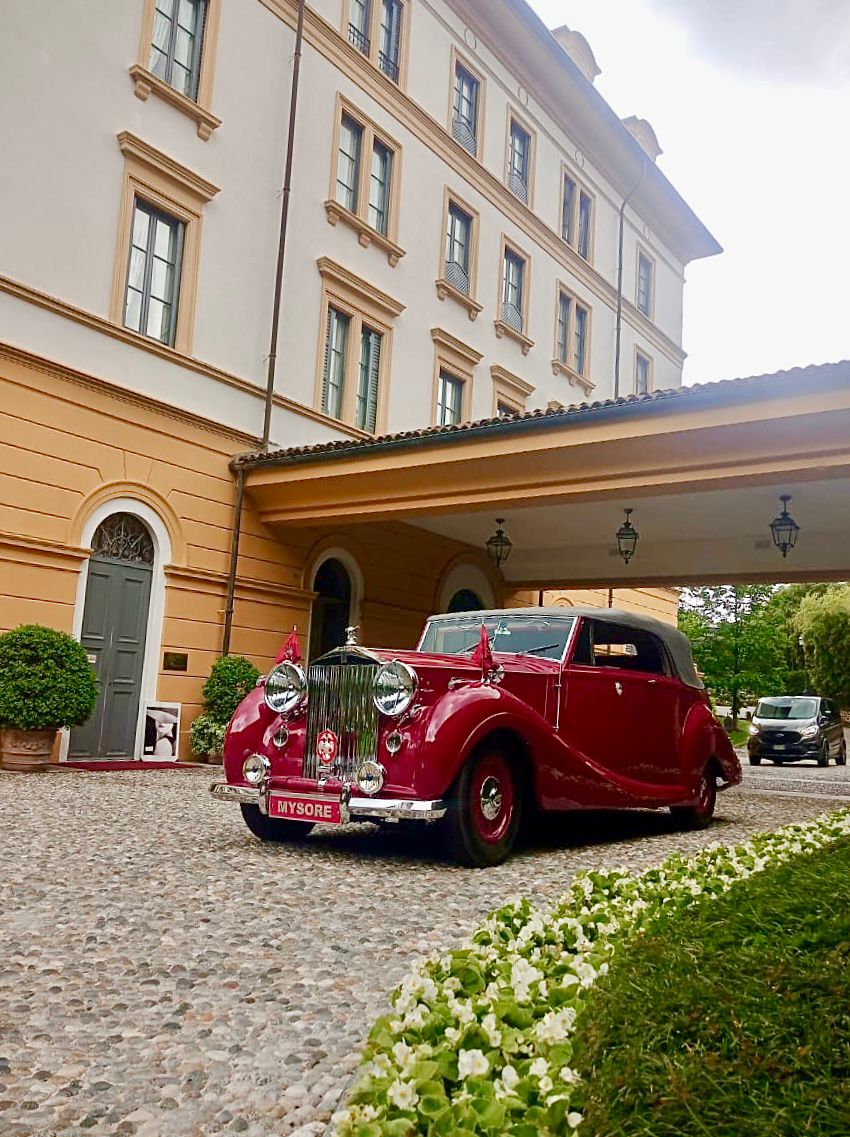
The Maharaja of Mysore was another very valued customer of Rolls-Royce, and as he had the habit of ordering cars in multiple; the phrase ‘Doing a Mysore’ in RR corporate parlance applied to customers who ordered a batch of cars at a time.
For a few years, this Rolls-Royce was also owned by the Bharatpur princely family, and during that period—in 1959 to be exact—the car was used to transport the Duke of Edinburgh Prince Philip when he was visiting.
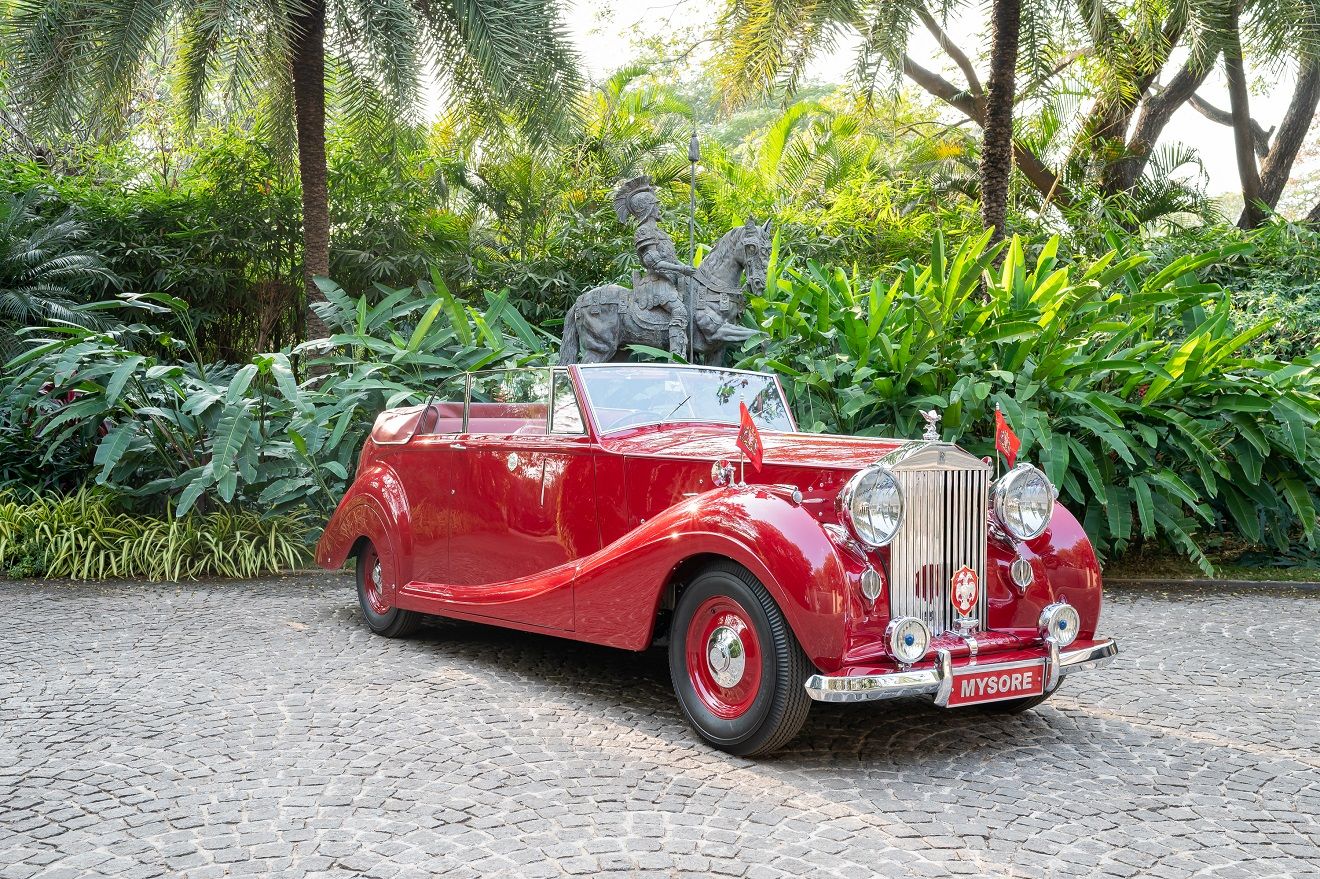
For sheer flamboyance though, there is no matching the other two cars in the Incredible India class: the Duesenberg SJ Speedster and the Packard 1101 Eight 7-Seater Tourer.
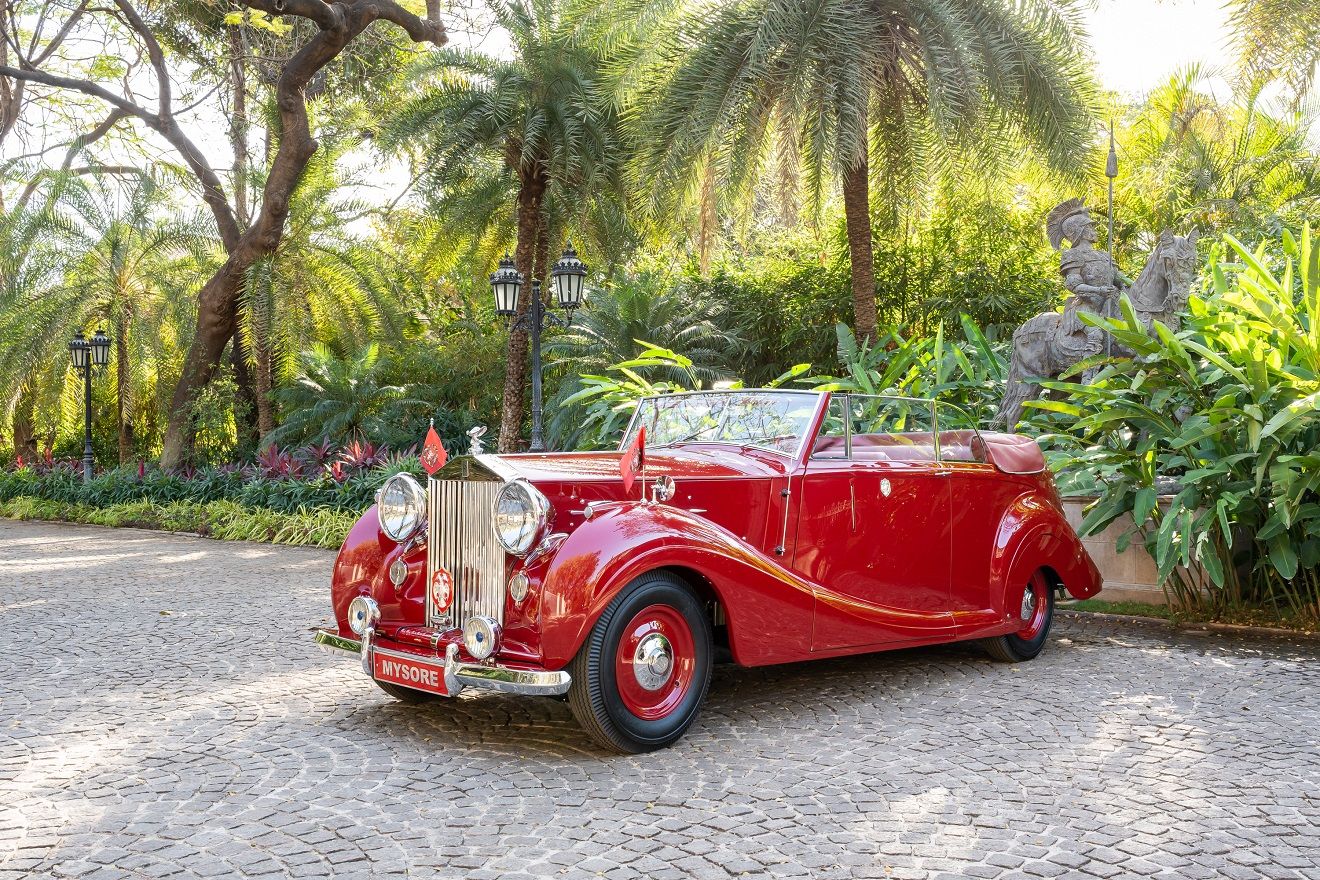
The Packard 1101, from 1934, was bought by Madan Singhji, the Thakursaheb of Nawalgarh, which was one of the smaller princely states in the province of Rajasthan. It was an export model, specifically for India perhaps, as it came in a right-hand drive configuration, with the accelerator pedal sandwiched between the clutch and the brake pedals. It also featured twin spare wheels, as well as disc wheels instead of spoked, which was not an uncommon option for Indian road conditions then, and an unusually rakish windscreen that tilts and folds differently.
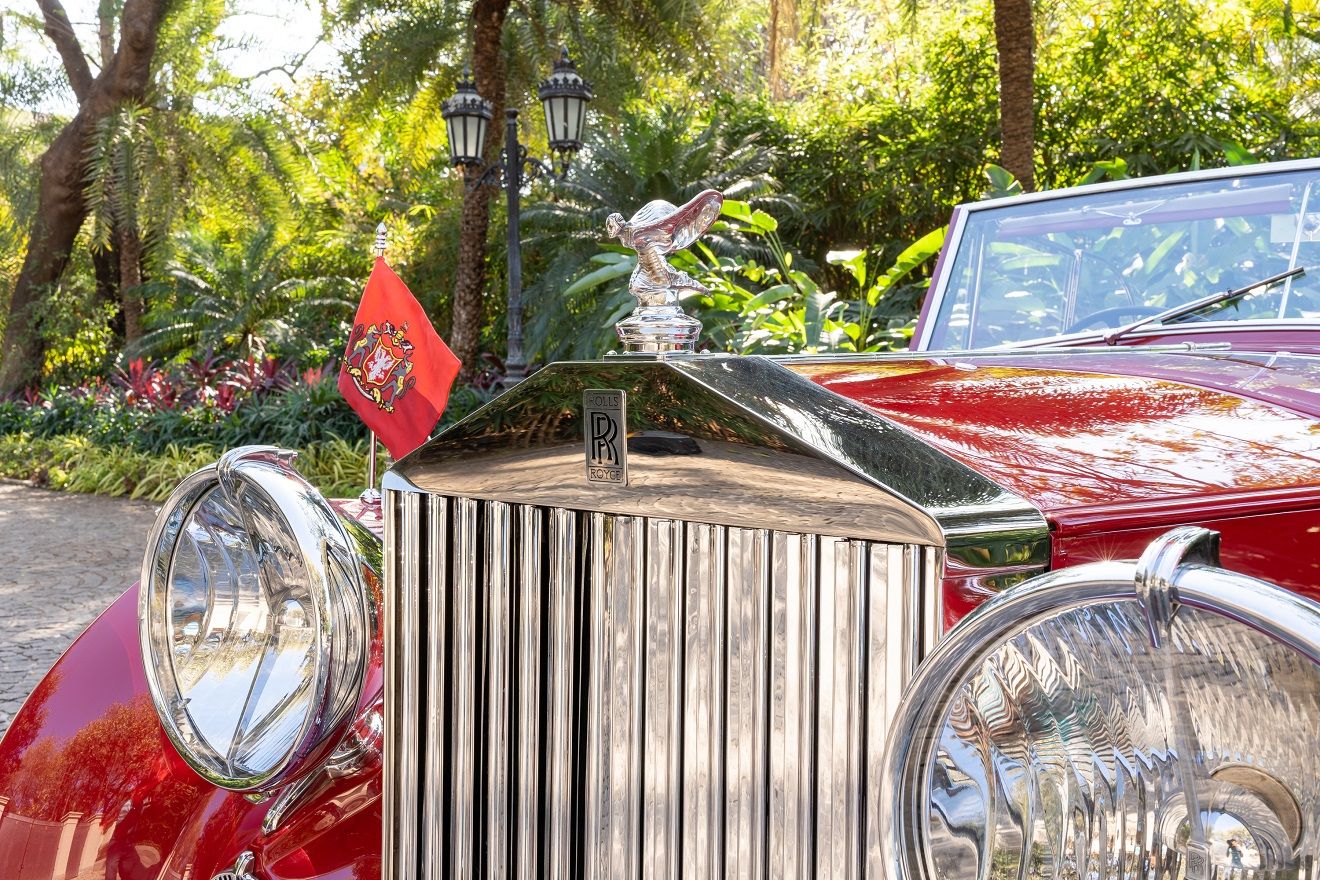
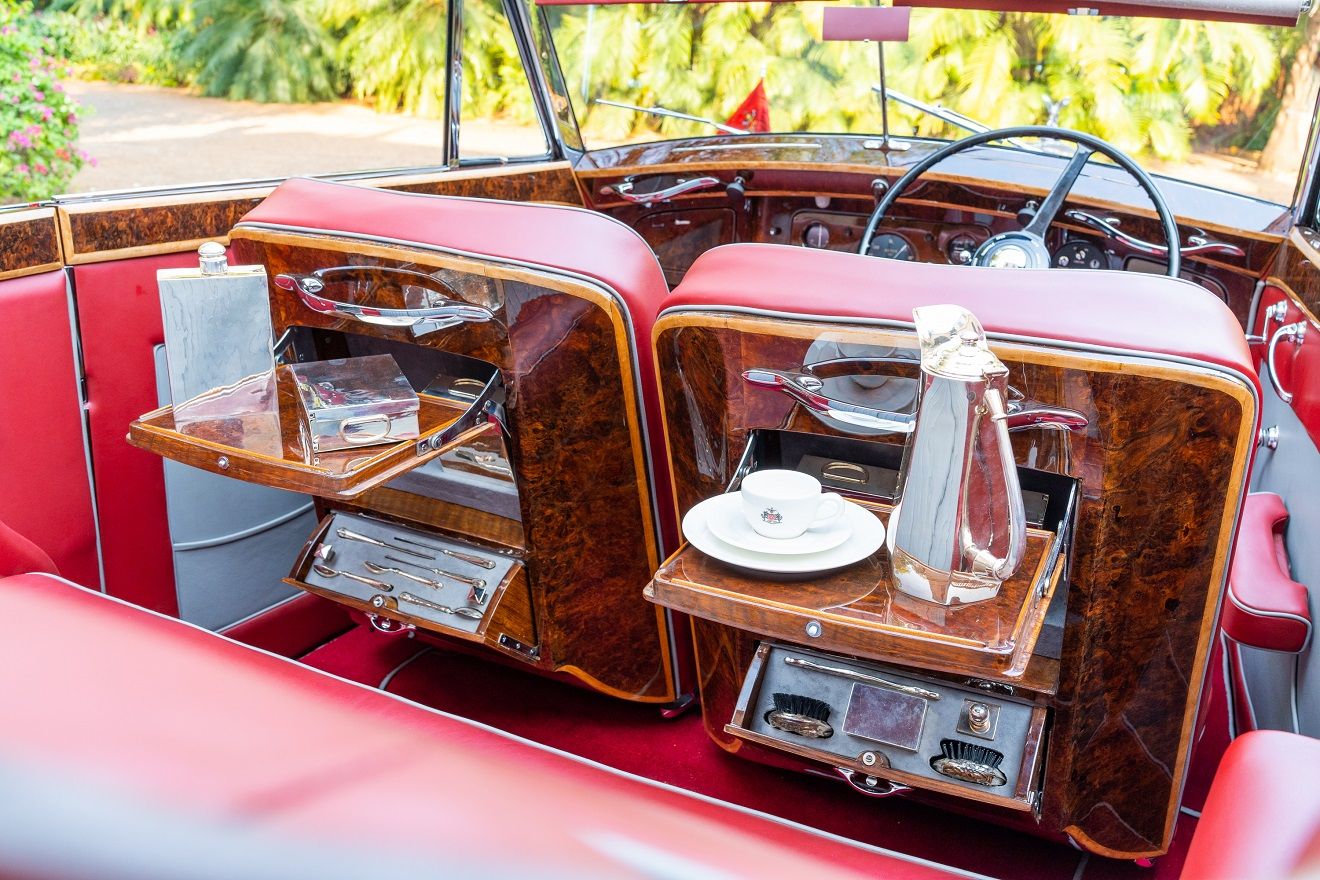
With the Indian princes’ penchant for the polished aluminium look as seen in several Rolls-Royces (including the purdah Twenty), a few Packards sent to India seem to have featured chromed steel bonnets, like the one seen on this car. With bright two-tone red, combined with the chrome bonnet and other brightworks, this Packard is a strikingly handsome car.
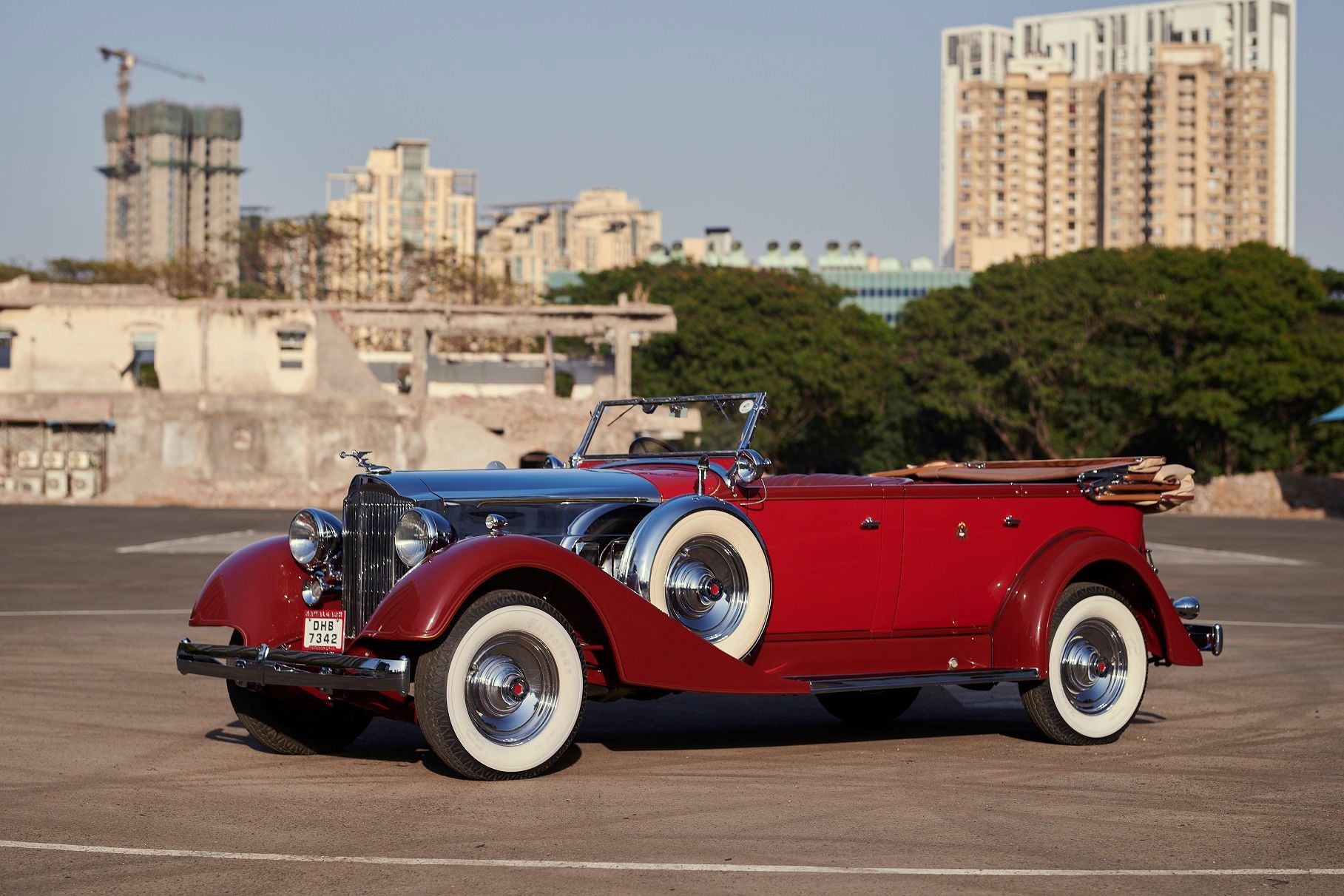
The Packard remained with the Nawalgarh family until 1965, when it was bought by a well-known Calcutta-based collector Shashi Kanoria. Charles Puttkamer, an American diplomat based in New Delhi acquired the car from Kanoria, eventually selling it to current owner Rajiv Kehr, who has had this sublime Packard as part of his delectable collection since 2007. Kehr will be presenting the car tomorrow.

The ultimate star of this class is this astounding Duesenberg. This SJ version (chassis # 2614, engine number J585) was ordered by the Maharaja of Indore, Yashwantrao Holkar II, via Duesenberg’s London dealer (R.S.M. Automobiles), and the bare chassis-mechanicals were delivered to the London-based coachbuilder of J Gurney Nutting, at their facilities in Chelsea, London.
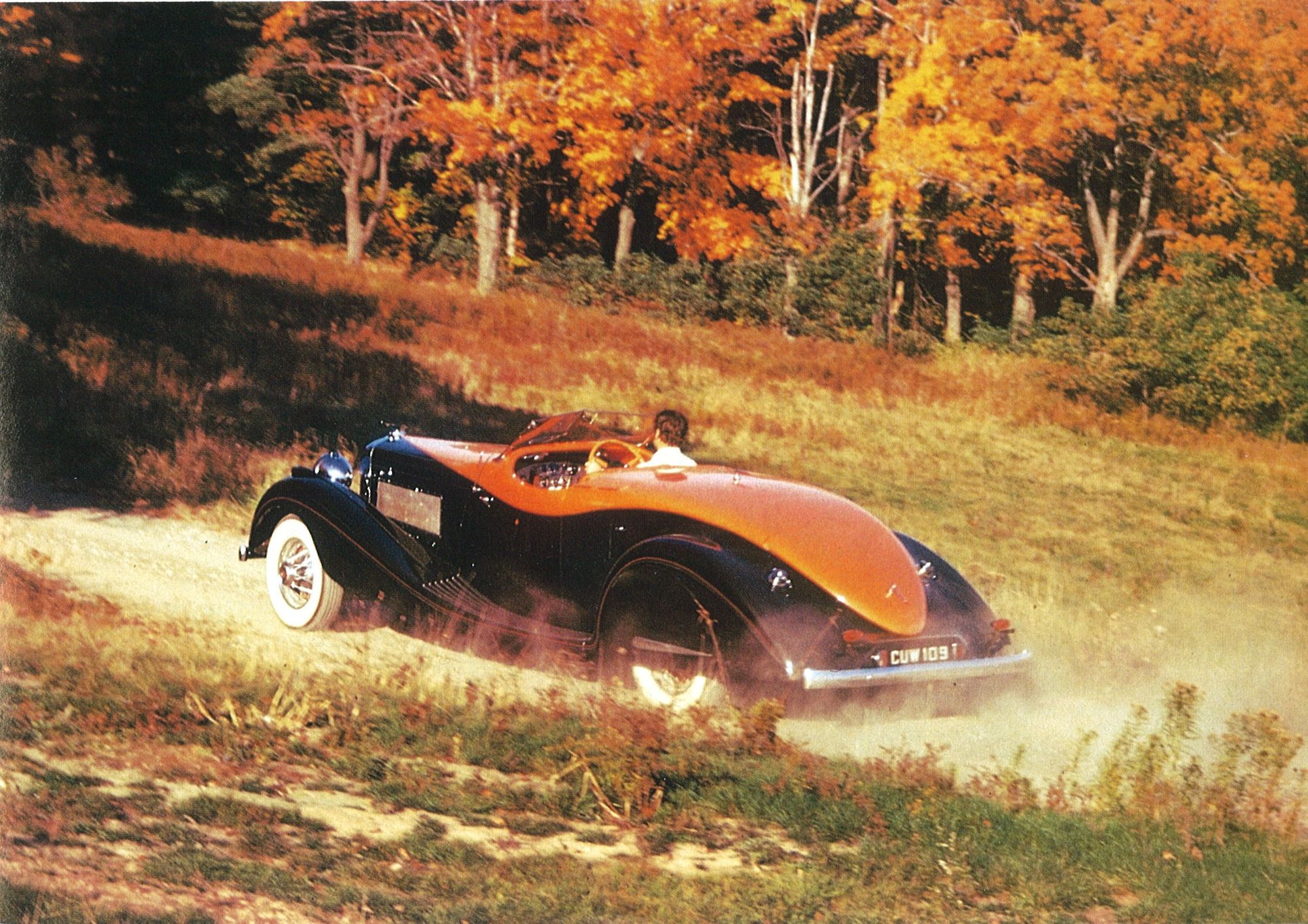
Amongst the many J Gurney Nutting-bodied cars that Holkar owned, this Duesenberg qualifies as the most exuberant of them all. Built on the longer JN chassis (153.5 inches/3.9 metres wheelbase), this car has the SJ’s 320bhp supercharged engine, which gives the car a top speed of almost 225 km/h!
Exported out of India in the late 1950s, this Duesenberg has been in the long-term ownership of marque specialist General William Lyon, until his passing in 2020. His son Bill Lyon will be presenting the car at Villa d’Este tomorrow.
Comments
Sign in or become a deRivaz & Ives member to join the conversation.
Just enter your email below to get a log in link.
